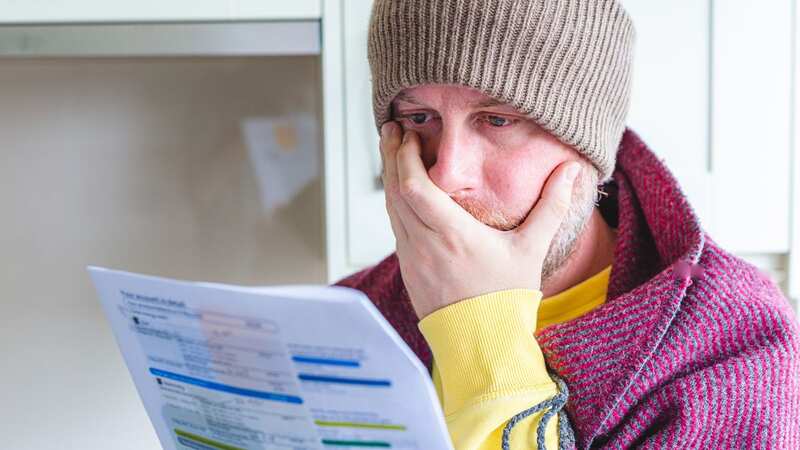Ofgem price cap drop and how much are energy bills falling by

Ofgem has announced its new price cap and millions of households will breathe a sigh of relief as energy bills are set to fall by hundreds of pounds.
The price cap will drop from £1,928 a year to £1,690 for a typical dual fuel household paying by direct debit. This marks a fall of £238 - around 12% - and this price cap level will run from April 1 to June 30, when it will then be updated again. Millions of people a standard variable rate (SVR) tariff - so if you're not locked into a fixed rate deal - will be covered by the price cap.
But working out how much your new energy bill will be can be confusing. This is because isn't actually a total cap on what you can pay for energy - your bill is still based on how much gas and electricity you use. The Ofgem price cap limits what you pay for each unit of gas and electricity you use.
It also puts a cap on standing charges, which are fixed daily amount you have to pay for energy, no matter how much you use. You pay them to be connected to the power grid.
Join our Money WhatsApp community for savings tips, top deals and consumer news
 Shop prices 'are yet to peak and will remain high' as inflation hits new heights
Shop prices 'are yet to peak and will remain high' as inflation hits new heights
The unit rate for gas is falling from 7.42p per kilowatt hour (kWh) to 6.04p per kWh. But the standing charge will rise from 29.60p per day to 31.43p per day. The unit rate for electricity is dropping from 28.62p per kWh to 24.50p per kWh. The standing charge for electricity is rising from 53.35p per day to 60.10p per day.
The price cap figure is used to describe what someone with typical energy consumption can expect to pay each year, based on how much Ofgem reckons the typical household uses. Ofgem assumes the average household consumes 2,700 kwh of electricity and 11,500 kWh of gas over 12 months.
There are slight regional variations in terms of the rates you're charged under the price cap, with headline numbers used to give an average across England, Scotland and Wales. How you pay for your energy will also affect your overall bill. To work out your new energy bill, it will be roughly 12% less than what you're paying now.
Ofgem take into account the cost of wholesale energy when working out its new price cap. The assessment period for wholesale energy prices for the new price cap was from November 16, 2023, to February 15, 2024. But there are lots of other elements that come into play as well.
It also takes into account the cost of maintaining pipes and wires that carry gas and electricity, network and operating costs, as well as VAT, payment method allowances and profits for the energy supplier. Ofgem updates its price cap every three months. It used to be changed every six months but Ofgem started updating it more regularly to reflect changing wholesale prices.
Read more similar news:
Comments:
comments powered by Disqus

































